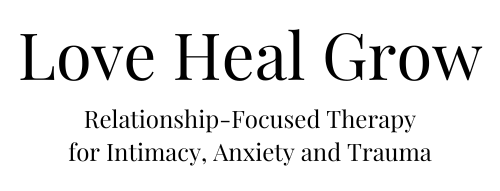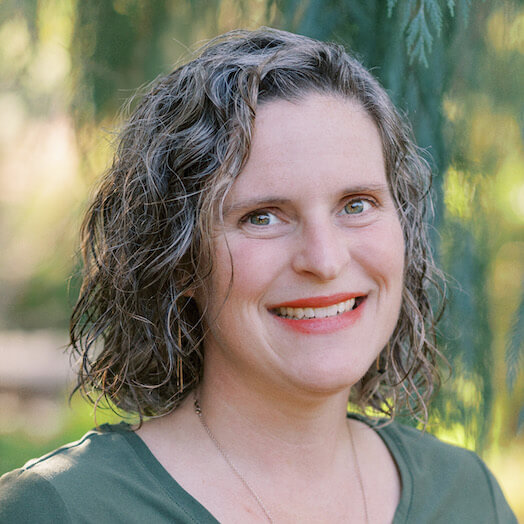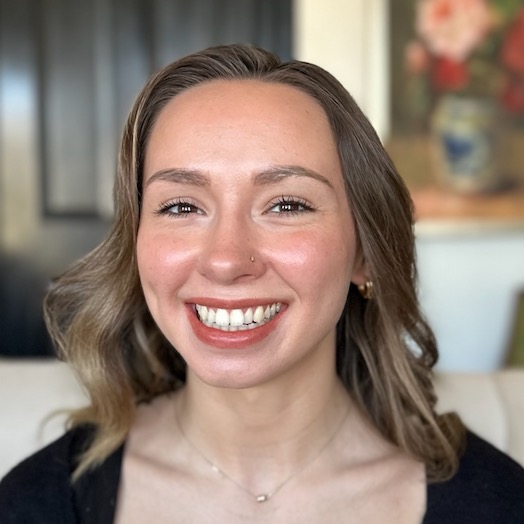
While grief is a natural human response to loss, prolonged grief disorder (PGD) signifies a long-lasting and intense feeling of grief that does not lessen with time or begins to impede one’s ability to perform daily tasks or responsibilities. This can make it extremely challenging for those who are suffering from a loss to continue their daily lives. Also, it can be incredibly hard on that individual’s loved ones who are seeing someone they care for continuing to suffer.
Prolonged grief disorder (PGD) was recently added to the Diagnostic and Statistical Manual of Mental Disorders (DSM). It was included in the text revision of the DSM-5-TR in March 2022 after a two-year process of review and public comment on persistent bereavement.
Causes
Prolonged grief disorder, also called complicated grief, can occur after a loss of any kind — not just a death. This said, individuals commonly suffer from prolonged grief when they have lost a child or romantic partner or after a violent or abrupt loss — such as an accident or disaster.
While death is often the most likely cause of prolonged grief, it is not the only reason someone may experience PGD. Some other common causes of grief are:
- Physical illness
- Mental health concerns
- Loss of a job
- Change in financial stability, success, or status
- Loss of a friendship or other relationship
- Loss of mobility or independence
- Near-death experiences
- Natural disasters — including illnesses like the COVID-19 pandemic
- Accidents
While PGD can occur after any type of loss — and in anyone who has experienced a loss — some individuals may be more at risk of suffering from this prolonged state of grief. This included those who have a history of depression or bipolar disorder and caregivers (especially if caring for individuals who had experienced depression before the loss). As mentioned earlier, people are also more at risk for prolonged grief when the loss happens under traumatic circumstances or abruptly.
Symptoms
As is true with normal grief, the particular signs or symptoms someone displays may differ dramatically from individual to individual. Everyone copes differently with challenges in life, and loss can be one of the most difficult challenges we face as people. Because of this, it is important to note that even if you (or a loved one) are not displaying the symptoms listed below, they may still be suffering from prolonged grief and simply displaying it in a different way.
With this in mind, some common symptoms of prolonged grief to look out for include the following feelings and behaviors.
- Changes in everyday habits — such as sleeping and eating schedules and preferences
- Persistent and intense feelings of sadness, loneliness, anger, guilt, or helplessness
- Fatigue or a chronic lack of energy and motivation
- Trouble concentrating or completing tasks
- Isolation or withdrawal from social gatherings or interactions
- Doubt or questions about beliefs, identity, and world-view
- Avoidance of reminders about the loss
- Emotional numbness
- A sense of disbelief about the loss
- Difficulty moving on with life or re-integrating into the social world
- Increased substance or alcohol use or other self-destructive behaviors
- Suicidal thoughts or behaviors
- If you are having suicidal thoughts, please contact the Suicide and Crisis Lifeline by calling or texting 988
PGD may also commonly co-occur with other mental disorders — including depression, anxiety, or PTSD — and sleep problems or chronic poor sleep quality.
How Is Prolonged Grief Disorder Diagnosed?
As we noted earlier, grief is a natural human reaction to loss. And since we all process grief differently and in a different time frame, it can be hard to know when “normal” grieving is no longer “normal.” Thankfully, with the inclusion of prolonged grief disorder in the DSM-5-TR, there are better systems for mental health professionals and other healthcare providers to assess when this natural reaction has become prolonged grief.
Your healthcare provider or mental health professional will ask you questions about your grief and use your answers to rule out possible diagnoses like depression or PTSD before considering prolonged grief disorder. If your symptoms do not align with other conditions, your healthcare provider may diagnose you with prolonged grief disorder and help you work towards finding the right next steps for helping you cope with your grief.
How To Cope with Prolonged Grief
One of the most common treatment options and coping methods for PGD is seeking therapy. Now, starting therapy is a great step in your healing journey, but it can be quite intimidating at first. One of the most important things you can do to set yourself up for success as you learn to cope with and overcome your grief is to ensure that you are working with the right therapist for your needs. If you have met with a therapist that doesn’t quite seem like the right fit for you, do not hesitate to express this to them and look for another who may fit your needs better.
Once you have found the right therapist, you can begin working through your grief and building the skills you need to move forward in your life. In your sessions, you may discuss some or all of the following points with your therapist to help you effectively work through your loss in a safe and supportive environment.
- The death of the loved one (or the loss of a relationship, job, or other important part of your life)
- Unresolved problems, feelings, or issues you have surrounding the loss
- Positive memories of what was lost — it is important to remember more than simply the negative side of something, even if it is no longer a part of your life
- Current (and future) relationships and attachments
- Healthy coping mechanisms and emotional regulation skills
So, if you are experiencing prolonged grief after a loss and feel you may be suffering from PGD, please do not hesitate to reach out to us today at Love Heal Grow to start working with one of our therapists.
























